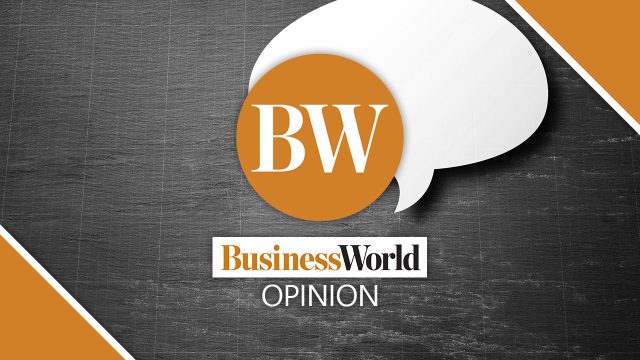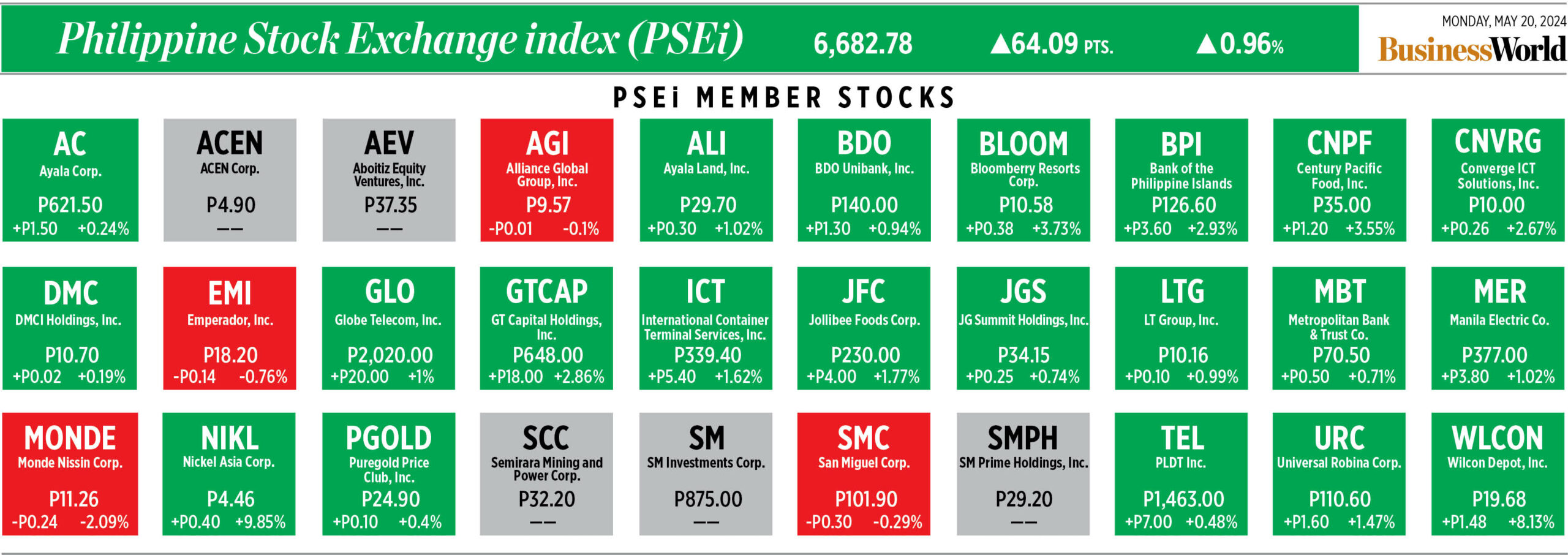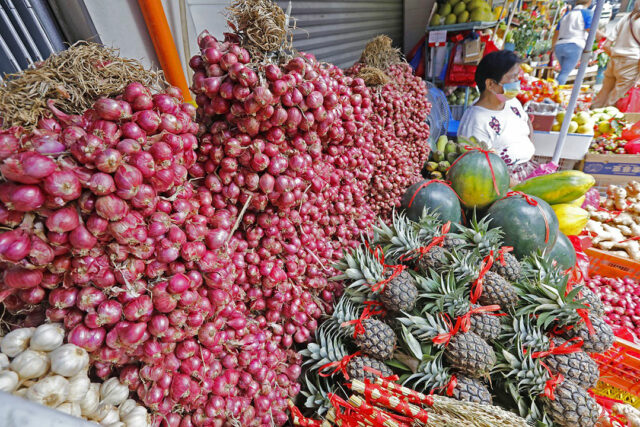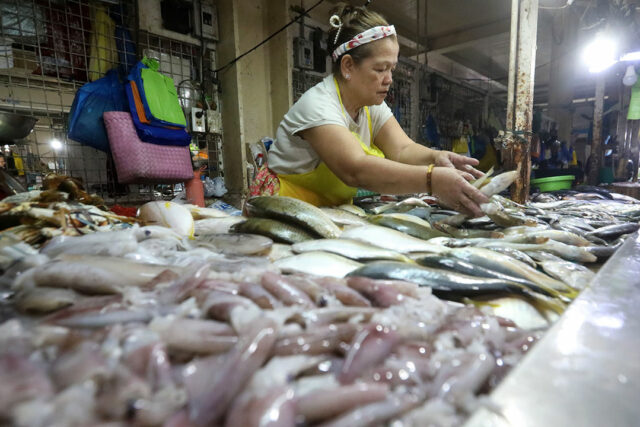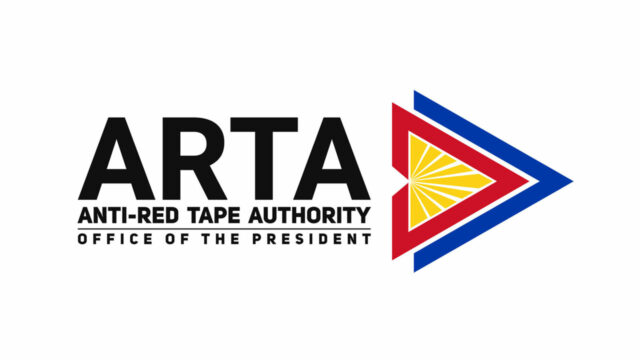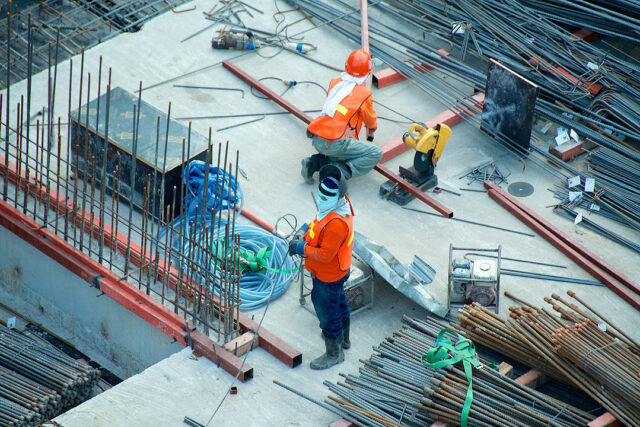Sean ‘Diddy’ Combs apologizes after video depicting attack on ex-girlfriend

MUSIC mogul Sean “Diddy” Combs posted an apology to social media on Sunday, two days after the release of hotel surveillance video that appeared to show him attacking his ex-girlfriend.
“I’m truly sorry,” Mr. Combs said in a video post on his Instagram page. “My behavior on that video is inexcusable. I take full responsibility for my actions in that video. I’m disgusted. I was disgusted then when I did it. I’m disgusted now.”
Addressing the camera directly, Mr. Combs said he had sought therapy and gone into rehab.
In the surveillance video from 2016, which was released by CNN on Friday, the rapper appears to grab R&B vocalist Casandra Ventura as she waits by an elevator in a California hotel. Clad only in a towel, he throws her to the floor, kicking her repeatedly before dragging her toward a hallway, the video shows.
A representative for Mr. Combs could not be immediately reached for further comment.
Ms. Ventura, who performs under the stage name Cassie, sued Mr. Combs in 2023, accusing him of serial physical abuse, sexual slavery, and rape during a 10-year professional and romantic relationship in which he controlled her through intimidation, drugs, and alcohol. The parties settled the matter the following day for undisclosed terms. Representatives for Mr. Combs said at the time the settlement was “in no way an admission of wrongdoing.”
Ms. Ventura’s lawsuit was one of at least four civil complaints that recently leveled sexual assault allegations against Mr. Combs.
Attorney Meredith Firetog, who represented Ms. Ventura, said Mr. Combs’ apology on Sunday does not vindicate him.
“Combs’ most recent statement is more about himself than the many people he has hurt. When Cassie and multiple other women came forward, he denied everything and suggested that his victims were looking for a payday. That he was only compelled to ‘apologize’ once his repeated denials were proven false shows his pathetic desperation, and no one will be swayed by his disingenuous words,” Ms. Firetog said in a statement.
The US Department of Homeland Security said in March it had opened an investigation into the hip-hop star and searched his homes in the Miami area and in Los Angeles; it provided no details of the nature of the investigation.
Local television images of the search showed an armored vehicle and officers carrying rifles outside Mr. Combs’ Los Angeles home. Authorities detained some people at the property with their hands bound by zip ties. — Reuters

